DeployingWirelessSensorNetworks.Theoryand Practice1stEditionMustaphaRedaSenouci

https://ebookmass.com/product/deploying-wireless-sensornetworks-theory-and-practice-1st-edition-mustapha-redasenouci/

Instant digital products (PDF, ePub, MOBI) ready for you
Download now and discover formats that fit your needs...
Randomly Deployed Wireless Sensor Networks 1st Edition Xi Chen
https://ebookmass.com/product/randomly-deployed-wireless-sensornetworks-1st-edition-xi-chen/
ebookmass.com
Malware Diffusion Models for Wireless Complex Networks. Theory and Applications 1st Edition Karyotis
https://ebookmass.com/product/malware-diffusion-models-for-wirelesscomplex-networks-theory-and-applications-1st-edition-karyotis/
ebookmass.com
Security in Wireless Communication Networks Yi Qian
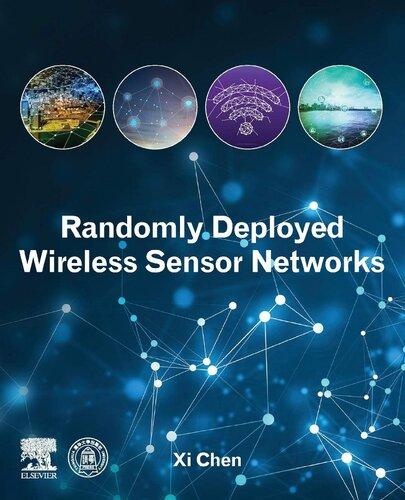
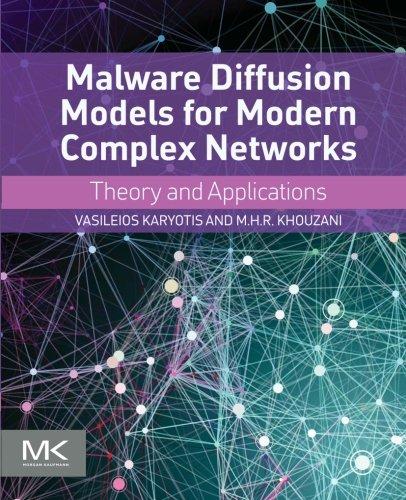
https://ebookmass.com/product/security-in-wireless-communicationnetworks-yi-qian/
ebookmass.com
Laboratory Manual for Anatomy & Physiology (Anatomy and Physiology) 5th Edition, (Ebook PDF)
https://ebookmass.com/product/laboratory-manual-for-anatomyphysiology-anatomy-and-physiology-5th-edition-ebook-pdf/
ebookmass.com
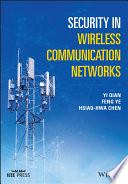

Deploying Wireless Sensor Networks

Mellouk
Deploying Wireless Sensor Networks
Theory and Practice
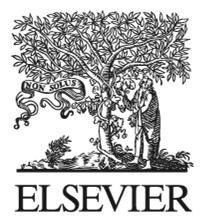
keyemergingapplicationsandservicesandthecurrentlydeployednetwork infrastructures.
OneofthemostpromisingtechnologieswithintheIoTtodayconsistsof sensornetworks.Itwillbefascinatingtolookbackintheyearsaheadand notethegrowinginterestintheuseofsensornetworksinreal-world applications.Infact,thesekindsofnetworksrepresentan efficienttechnology tomonitorandcollectspecificcharacteristicsinanyenvironment.Several applicationshavealreadybeenenvisioned,inawiderangeofareassuchas military,commercial,emergency,biologyandhealthcareapplications.A sensorisaphysicalcomponentabletoaccomplishthreetasks:identifya physicalquantity,treatanysuchinformationandtransmit thisinformationto asink.Inmostpracticalapplications,sensorsdonotchangetheirlocations oncetheyaredeployedonthesensingfield.Oneofthecriticalandimportant aspectsinthesuccessoftheuseofthesenetworksinreal-lifeapplicationsis correlatedtothedeploymentofsensors.
Duetheemergenceofdifferentkindsofsensorsandtheforeseen proliferationofdifferentandspecifictypesofservicessupportedbythese sensors,theuseofnetworksbasedonalargeamountofsensorshasthe potentialtobecomearealchallengewhentakingseveralkindsofapplications intoaccount.
Thebookfocusesonthecurrentstate-of-the-artresearchresultsand experiencereportsintheareaofdeploymenttechniquesdedicatedtowireless sensornetworks(WSNs).Itdetailsallthedeploymentapproachesusedinthis areainthecaseofstaticandmobileenvironments.Moreover,anin-depth discussionconcerningdeployment-relatedissuessuchasdeploymentcost, coverage,sensorsuncertainty,connectivity,sensorsreliability,network lifetimeandharshdeploymentenvironmentsisprovided.Thisbookshows thatWSNdeploymentfieldisaverydynamicareaintermsoftheoryand application.
Togiveacompletebibliographyandahistoricalaccountoftheresearch thatledtothepresentformofthesubjectwouldhavebeenimpossible.Itis thusinevitablethatsometopicshavebeentreatedinlessdetailthanothers. Thechoicesmadereflectinpartpersonaltasteandexpertise,andinparta preferenceforaverypromisingresearchandrecentdevelopmentsinthefield ofsensordeploymenttechniques.
Thisbookisastart,butalsoleavesmanyquestionsunanswered.Wehope thatitwillinspireanewgenerationofresearchers.
Theauthorshopeyouwillenjoyreadingthisbookandhopetoprovidethe readerswithmanyhelpfulideasandoverviewsforyourownstudy.
MustaphaRedaSenouci February2016
AbdelhamidMellouk
coverageintheRoI.Sensorsmobilitycouldbeexploitedtoimprovethe randominitialdeployment.Suchapracticeiscalledmovement-assisted sensordeployment,orWSNself-deployment.Moreover,sensorfailuremay causeconnectivityloss,andinsomecases,networkpartitioning.Dynamically repositioningthesensorswhilethenetworkisoperationalisnecessarytodeal withsuchevents.Inotherwords,sensorrelocationcouldbeusedtoprovide WSNswithself-healingcapabilities.Chapter5reviewsrecentliterature pertainingtoWSNself-deploymentandself-healingstrategies. Classificationsofthemostrecentdeploymenttechniquesareprovided. Moreover,differentproposedalgorithmsarecategorized,summarizedand compared.
Attheendofeachchapter,practicalissuesthatneedfurtherresearchare discussed.Insummary,thisbookdiscussesboththeoreticalandpractical aspectsandprovidesguidelinesforeffectivedeploymentofWSNs.
1.1.2. Sensorcoveragemodels
Fromamathematicalpointofview,asensorcoveragemodelisafunction thatacceptsinputfromparameterssuchasthedistances(andtheangles) betweenthesensorsandapointinspace.Theoutputofsuchafunctionisthe coveragemeasure.Theanalysisofsensorcoveragemodelsshowsthe existenceofdifferentclassificationsbasedondistinctgoals[WAN10a].In thisbook,thesemodelsareclassifiedintothreegroups:(i)binarycoverage models;(ii)probabilisticcoveragemodels,and(iii)evidentialcoverage models.AtaxonomyforsensorcoveragemodelsisdepictedinFigure1.2.In whatfollows,wepresentsomecommonlyusedcoveragemodelsindetail.
Binarycoveragemodels
SensorCoverageModels
Probabilisticcoveragemodels Evidentialcoveragemodels
Figure1.2. Ataxonomyforsensorcoveragemodels
Becauseofitssimplicity,thebinarycoveragemodelhasbeenwidelyused [WAN10a].Inthismodel,sensorsaremodeledashavingapredetermined rangeofeffectiveness.Coveragewithintherange,whichistypically characterizedbyadisk(butcanalsobeanyarbitraryshapeoracollectionof shapes),isassumedtobeeffectiveandcoverageoutsideofthegivenrangeis assumedtobenon-effective.Awell-knownvariantofthebinarymodelisthe diskmodel,whereinthesensingareaofasensorisoftenmodeledasadisk withradius R s (sensingrange)centeredatthesensor’slocation.Foranevent thatoccursat p,thefollowingequationcalculatestheprobabilityofdetection ofthateventbyasensor s:
where || sp|| istheEuclideandistancebetween s and p
Thesensorcoveragemodelcharacterizestheobservabilityofphysical phenomenasbyanindividualsensor.Ontheotherhand, networkcoverage canbeperceivedasaconsensusmeasuredeliveredbyanetworkofdistributed sensors.Thenetworkcoverageatpoint p,denoted P p ,isestimatedas:
where P s/ p istheprobabilitythatasensor s detectsaneventat p (equations [1.2]–[1.4]).Inthecaseoftheevidence-basedcoveragemodel[SEN12c],for N sensors,thecombinationofthe Nbbasm1/ p ,..., m N / p usingtheconjunctive ruleyieldsa bbam p with 2 focalsets: {θ1 } andtheFoD Θ.This bba hasthe followingexpression:
1.1.3. Sensorcommunicationmodels
Wirelesssensornodescommunicateviatheirradiomodules.Twonodes aredirectlyconnectediftheycantransmit/receivedatato/fromeachother. Asensorcommunicationmodel(oratransmissionmodel)isamathematical modelthatquantifiesthedirectconnectivitybetweensensornodes.
Acommonlyassumedcommunicationmodelisthediskconnectivity modelaccordingtowhichasensornodecancommunicatewithothernodes locatedwithinadiskitselfcenteredwithintheradiusofitscommunication range Rc .Inotherwords,twosensorsareabletocommunicatedirectlyifthey arewithinonecommunicationhopofeachother.Thismodelconsiders networkconnectivitymainlyfromageometricperspective,whichsimplifies theanalysis.However,itremainslimitedandunrealistic.Indeed,empirical studies[NIK93,SEN14a]showthatthereisnoclearcut-off boundary betweensuccessfulandunsuccessfulcommunication.
Inpractice,theattenuationexperiencedbyawirelesssignalatagiven distanceisdescribedbythepathloss,whereasshadowingdescribesrandom
1.1.4. Wirelesssensornetworks
AWSNconsistsofspatiallydistributedsensors,andoneormoresink nodes(alsocalledbasestations).Sensorsmonitor,inreal-time,physical conditions,suchastemperature,vibration,ormotion,andproducesensory data.Asensornodecouldbehavebothasdataoriginatoranddatarouter.A sink,ontheotherhand,collectsdatafromsensors.Forexample,inanevent monitoringapplication,sensorsarerequiredtosenddatatothesink(s)when theydetecttheoccurrenceofeventsofinterest.Thesinkmaycommunicate withtheend-userviadirectconnections,theInternet,satellite,oranytypeof wirelesslinks.Figure1.6depictsatypicalWSNarchitecture.Notethatthere maybemultiplesinksandmultipleend-users.
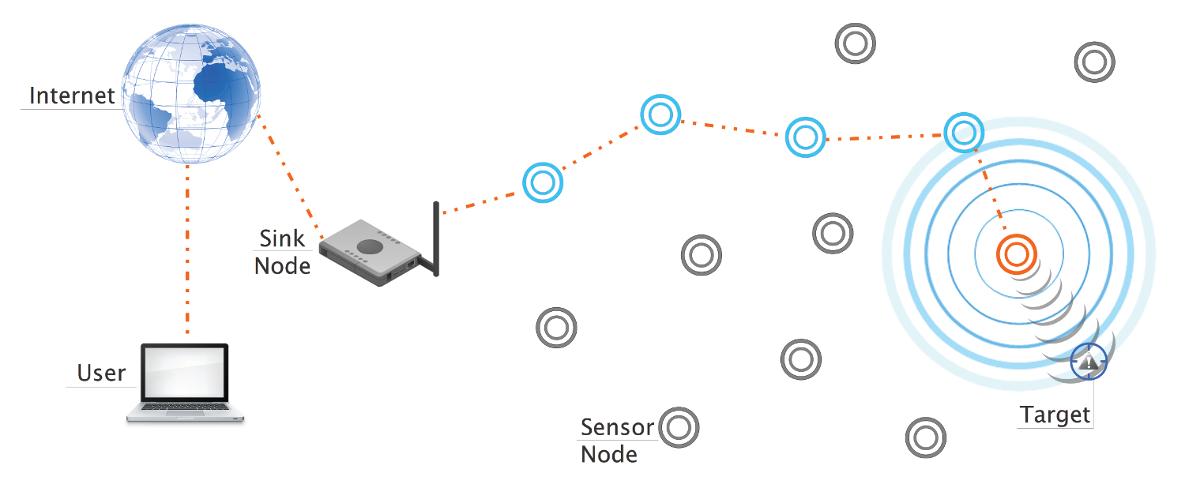
Figure1.6. TypicalWSNarchitecture.Foracolorversionofthefigure, seewww.iste.co.uk/senouci/wireless.zip
AsafundamentalissueinWSNs,deploymentisaresearchtopicthathas attractedmuchattentioninrecentyears[DHI02,ZOU03b,VIE04,LIN05, ZHA06,WU07a,YOU08,AIT09,WAN10a,ABA11,BHU12,AKB13, AMM14,SEN15c].Indeed,thenumberandlocationsofsensors,deployed inaRoI,determinethetopologyofthenetwork,whichwillfurtherinfluence manyofitsintrinsicproperties,suchasitscoverage,connectivity,costand lifetime.Consequently,theperformanceofaWSNdependstoalargeextent onitsdeployment.
Inpractice,specialcasesofWSNsareencounteredsuchaswireless multimediasensornetworks(WMSNs),underwaterwirelesssensornetworks (UWSNs),wirelessundergroundsensornetworks(WUSNs),wirelessbody sensornetworks(WBSNs)andwirelesssensor-actornetworks(WSANs).
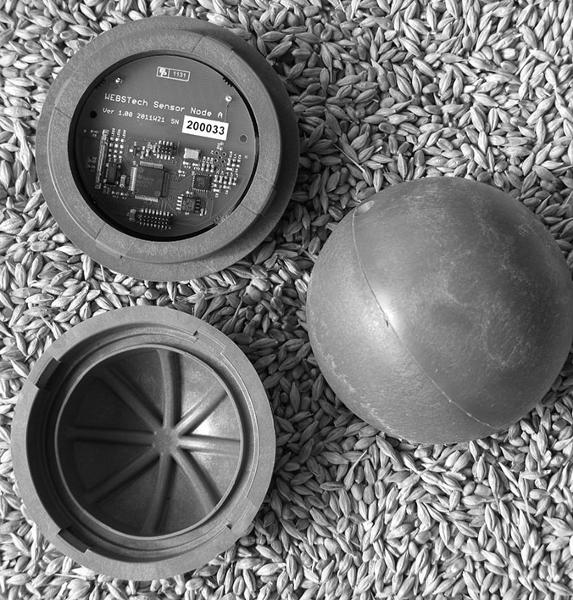
– environmentalapplications:WSNshavewidelybeenusedfor environmentalandwildlifemonitoring[MO09,DYO10].Some environmentalapplicationsofWSNsincludetrackingthemovementsof birdsoranimals,automaticirrigation,precisionagriculture,andpollution studies[ZHA04b,WER06,KIM08].Asanexample,WSNsareemployed inFIRESENSE[FIR15],whichisaSpecificTargetedResearchProject (STReP)oftheEuropeanUnion’s7thFrameworkProgrammeEnvironment. FIRESENSEaimstodevelopanautomaticearlywarningsystemtomonitor areasofarchaeologicalandculturalinterestremotelyfromtheriskof fireand extremeweatherconditions;
– homeapplications:WSNscanhelptocreateasmartenvironmentby interconnectingvariousdevicesinresidentialspaceswithconvenientcontrol ofvariousapplicationsathome.Anexampleofsmartenvironmentsisthe smartkindergartenproject[CHE02],whichusesWSNstocreateasmart environmentforearlychildhoodeducation;
– healthcareapplications:WSNshaveenabledarapiddevelopmentof telemedicinesystems,whichprovideremotemonitoringofpatientsandtheir vitalparameters[YAN06a].Somepotentialmedicalapplicationsincluderealtimecontinuouspatientmonitoring,homemonitoringforchronicpatients, andcollectionoflong-termdatabasesofclinicaldata.Anexampleprojectis theCodeBlue[LOR04]thatdevelopsaWSNformonitoringandtrackingof patients.Also,infirmandelderlypeoplecanbenefitgreatlyfromhealthcare applicationsofWSNs,bringingabetterqualityoflifeandevensavinglives
throughWSNtechnology.Forinstance,AlarmNet[WOO08]isaWSN designedforlong-termhealthmonitoringinassisted-livingenvironments. AlarmNetisextensibleandadaptstotheindividualcontextandbehavior patternsoftheresidents.
1.2.WSNdeploymentstrategies
OneofthefundamentaldesignissuesinWSNsiswheretoplacethe sensorsintheRoI.Thelocationofasensormayaffectthefulfillmentofthe system’srequirementsandmultiplenetworkperformancemetrics.Careful sensorplacementcanbeaveryeffectiveoptimizationmeansforachievingthe desireddesigngoals.Forexample,thecoverageobjectiveregardshowto ensurethateachofthetargetpointsintheRoIiscoveredbytheWSN.The sensorsneedtobeplacedneithertooclosetoeachothersothatthesensing capabilityofthenetworkisfullyutilizedandatthesametimenottoofar fromeachothertoavoidtheformationofcoverageholes.Agooddeployment willenableabetterperformanceoninformationgatheringand communication.
SensorscangenerallybeplacedintheRoIeitherdeterministicallyor randomly.Thechoiceofthedeploymentschemedependshighlyonthetype ofsensors,application,andtheenvironmentthatthesensorswilloperatein [YOU08,WAN09,WAN10a].Deterministicdeploymentschemesare optimalassensorsareplacedatpredeterminedcoordinatestoguarantee networkefficiency;however,theyareimpracticalandsometimesimpossible forlarge-scaleWSNapplications.Fortheseapplications,sensorsmaybe deployedfromaplane,deliveredinanartilleryshell,rocketormissile,or catapultedfromashipboard[AKY02].Inthesecases,theWSNhasthe utmostchallengeofguaranteeingproperareacoverageandconnectivityupon deployment[AKY02,YOU08].Suchcasesrequireimplementationof additionalcomplexprotocolstoensureefficientnetworkoperation,which maximizenetworklifetimeanddecreasefrequencyofre-deployment. RandomdeploymentofWSNswillbediscussedinChapter2.Chapters3 and4discussdeterministicdeploymentandfusion-baseddeterministic deployment,respectively.
Usingmobilesensors,somedeploymentstrategieshaveadvocated dynamicadjustmentofsensors’locationwhichallowsadynamicdeployment
RoI,isalsoanimportantissue.Thedistributionoftherequestedevent detectionprobabilitywillnotbeuniformasitwilldependontheapplication, theRoIandtheeventcharacteristics.Therequestedevent-detection probabilitydistributioncanalsobeinfluencedbygeographicalfactors.In manyrealworldWSNapplications,suchassurveillanceapplications,the supervisedRoImayrequirehighdetectionprobabilitiesincertainsensitive areas.However,forsomenotsosensitiveareas,relativelylowdetection probabilitiesarerequiredtoreducethenumberofdeployedsensors(e.g. Figure1.9).Forexample,ina fire-detectionsystem,highdetection probabilities(closeto1)arerequestedforhigh-riskareas(e.g.thosecloseto chemicaldeposits),andlowdetectionprobabilitiesforlow-riskareas.Inthis case,thecoveragerateisthepercentageoftheRoIwherethegenerated detectionprobabilitiesareequalorgreaterthantherequireddetection probabilities.
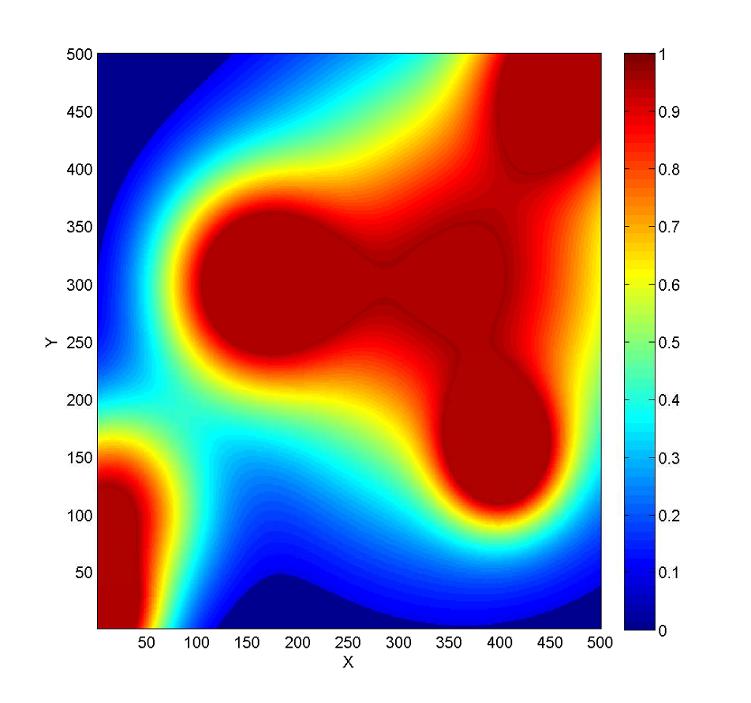
Figure1.9. Non-uniformcoveragescenario.Foracolorversionofthe figure,seewww.iste.co.uk/senouci/wireless.zip
1.3.4. Deploymentcost
Themoresensorsareusedthehigheristheoverallcostofthenetwork.As thelattermustbetakenintoconsideration,thenumberofdeployedsensorsis oneoftheimportantmetricsthatneedstobeconsideredwithinWSN deploymentprocesses.Almostallthepapersdedicatedtooptimalsensor deploymentconsiderachievingthespecifiedgoalswithminimumcost.In
